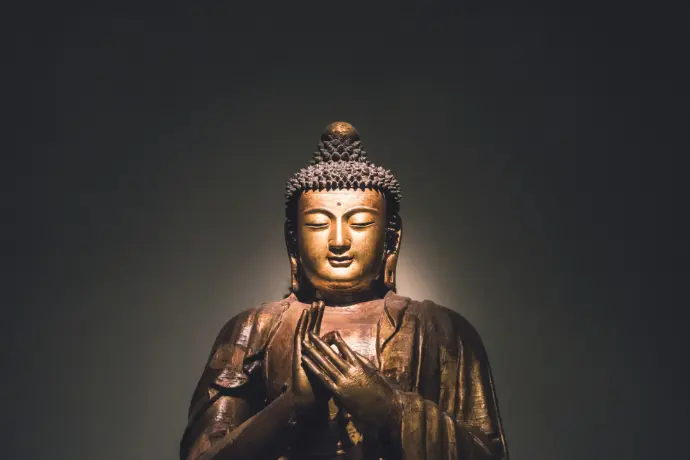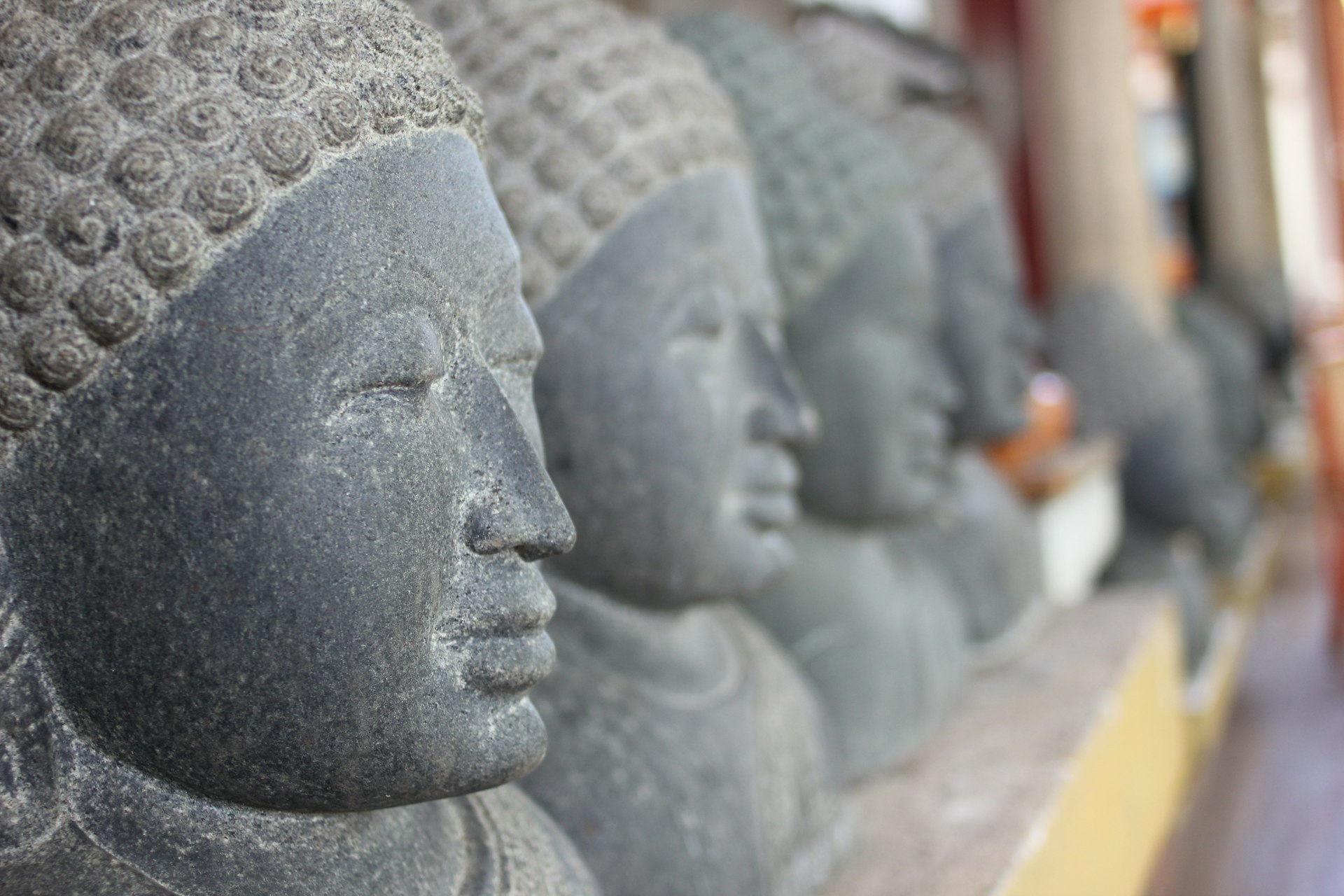Buddhism
Who is Buddha ?
Siddhartha Gautama, the founder of Buddhism who later became known as “the Buddha,” lived during the 5th century B.C. Gautama was born into a wealthy family as a prince in present-day Nepal. Although he had an easy life, Gautama was moved by suffering in the world. He decided to give up his lavish lifestyle and endure poverty. When this didn’t fulfill him, he promoted the idea of the “Middle Way,” which means existing between two extremes. Thus, he sought a life without social indulgences but also without deprivation. After six years of searching, Buddhists believe Gautama found enlightenment while meditating under a Bodhi tree. He spent the rest of his life teaching others about how to achieve this spiritual state.


What is Buddhism ?
Buddhism is one of the world’s largest religions and originated 2,500 years ago in India. With about 470 million followers, scholars consider Buddhism one of the major world religions. Its practice has historically been most prominent in East and Southeast Asia, but its influence is growing in the West.Buddhists believe that the human life is one of suffering, and that meditation, spiritual and physical labor, and good behavior are the ways to achieve enlightenment, or nirvana !

What is Dharma ?
Buddha’s teachings are known as “dharma.” He taught that wisdom, kindness, patience, generosity and compassion were important virtues. Specifically, all Buddhists live by five moral precepts, which prohibits:
- Killing living things
- Taking what is not given
- Sexual misconduct
- Lying
- Using drugs or alcohol
Four Noble Truths
- The truth of suffering (dukkha)
- The truth of the cause of suffering (samudaya)
- The truth of the end of suffering (nirhodha)
- The truth of the path that frees us from suffering (magga)
Collectively, these principles explain why humans hurt and how to overcome suffering.


Eightfold Path
The Buddha taught his followers that the end of suffering, as described in the fourth Noble Truths, could be achieved by following an Eightfold Path.
In no particular order, the Eightfold Path of Buddhism teaches the following ideals for ethical conduct, mental disciple and achieving wisdom:
- Right understanding (Samma ditthi)
- Right thought (Samma sankappa)
- Right speech (Samma vaca)
- Right action (Samma kammanta)
- Right livelihood (Samma ajiva)
- Right effort (Samma vayama)
- Right mindfulness (Samma sati)
- Right concentration (Samma samadhi)